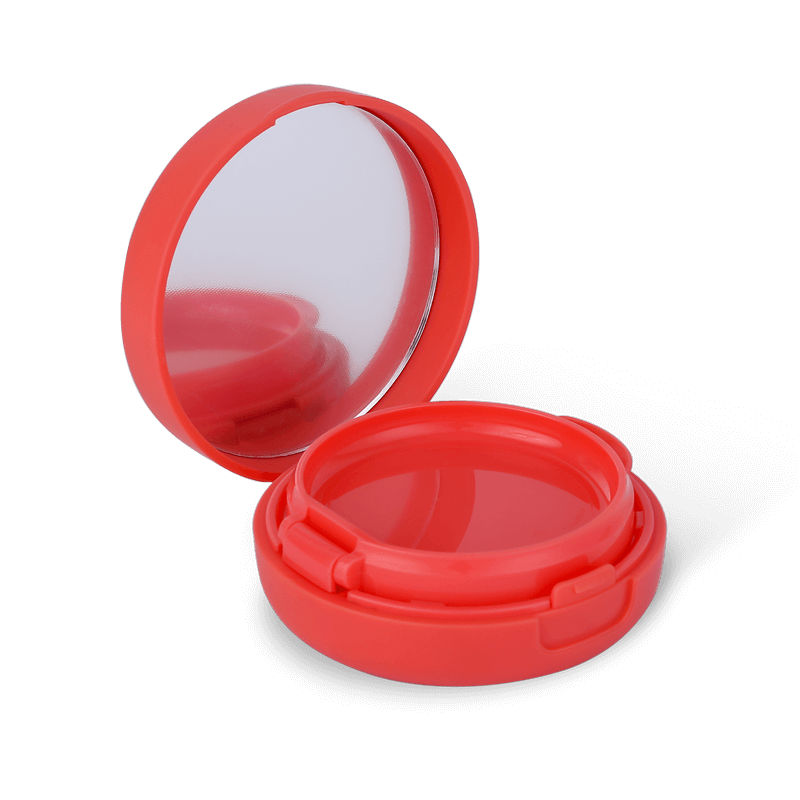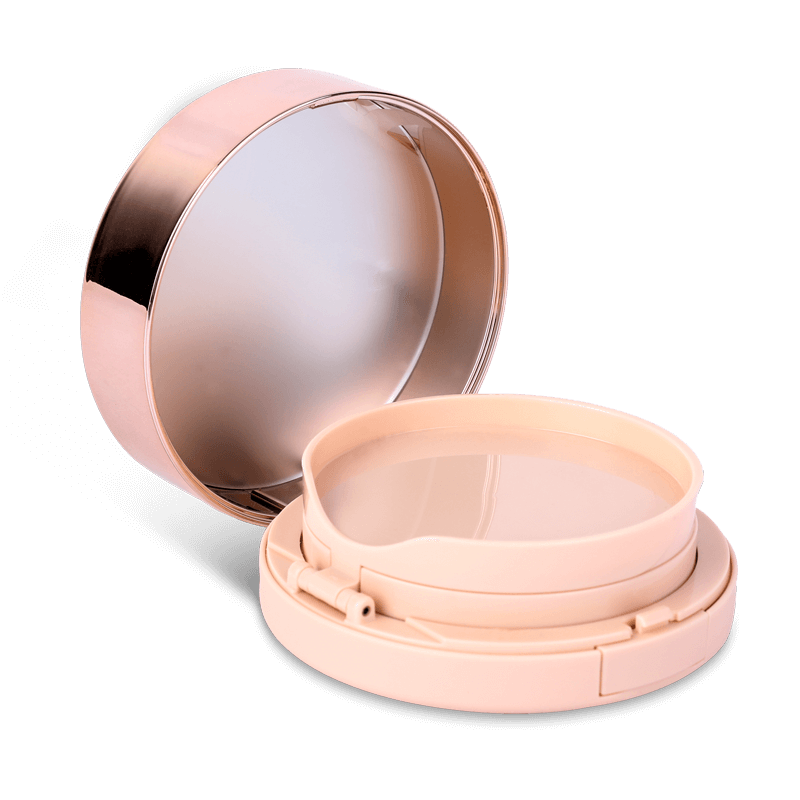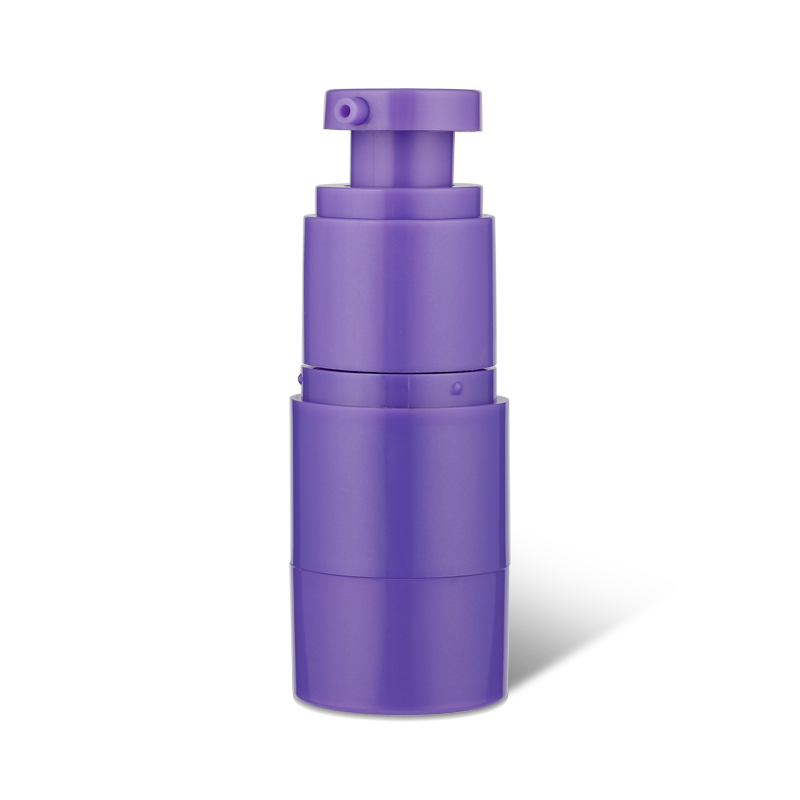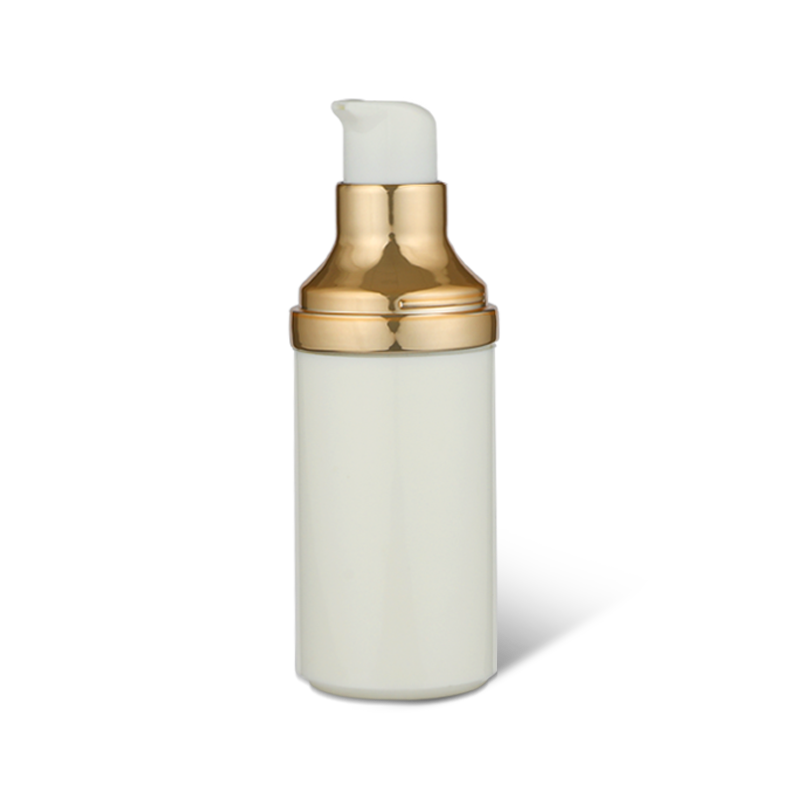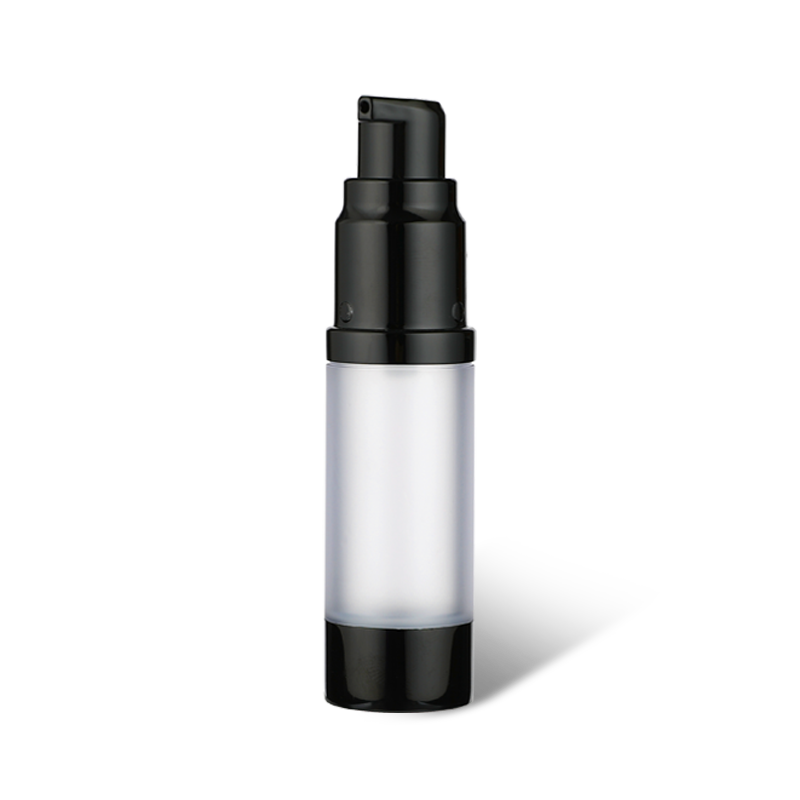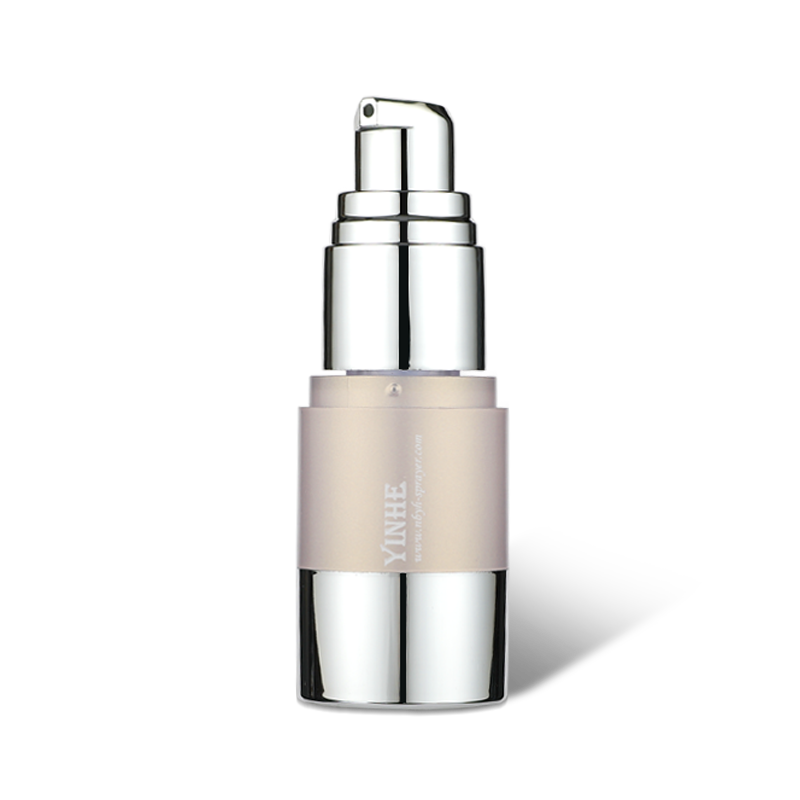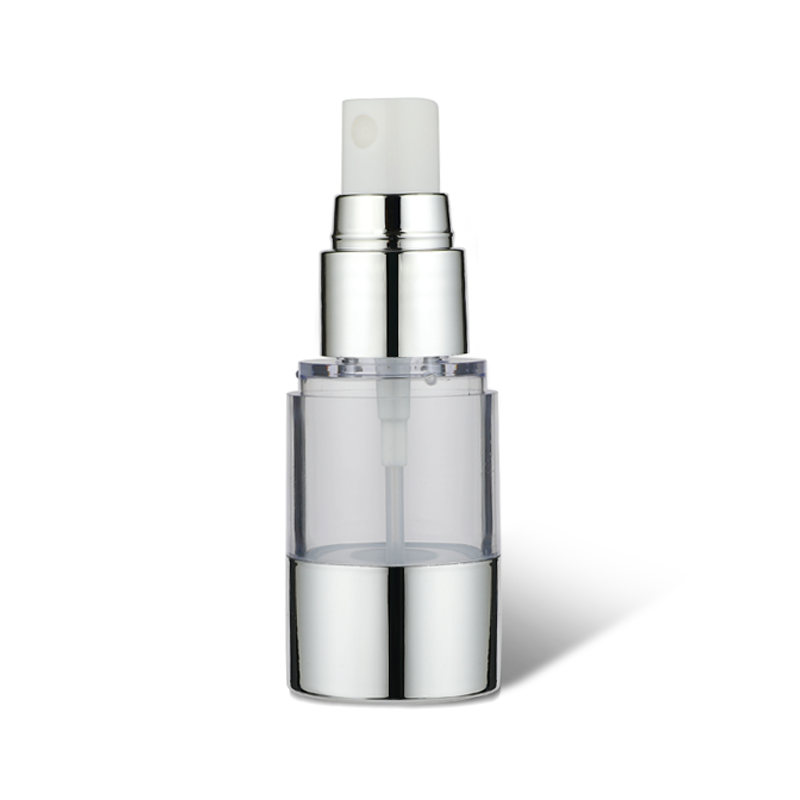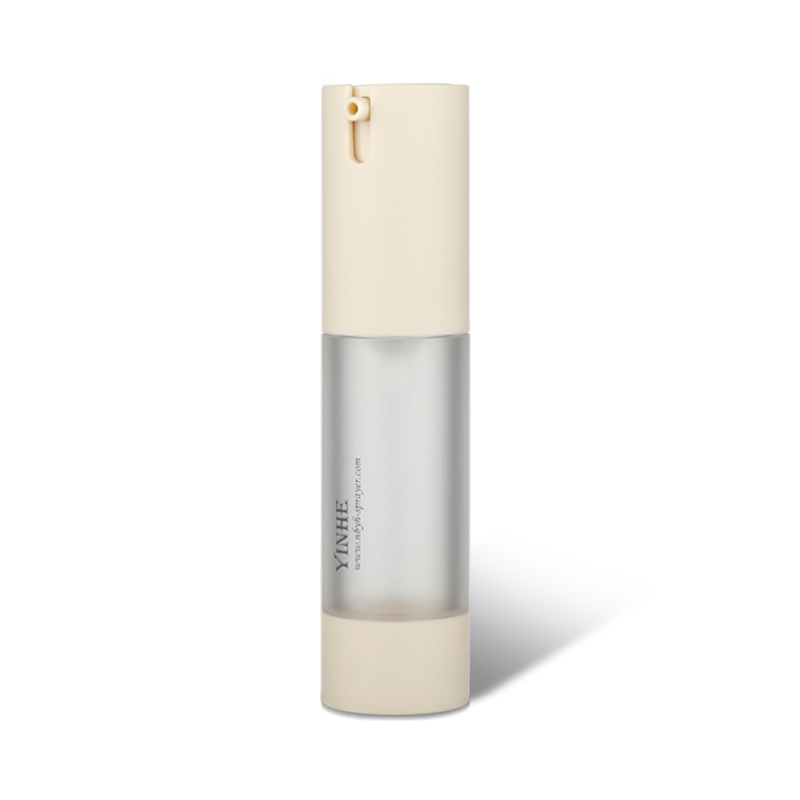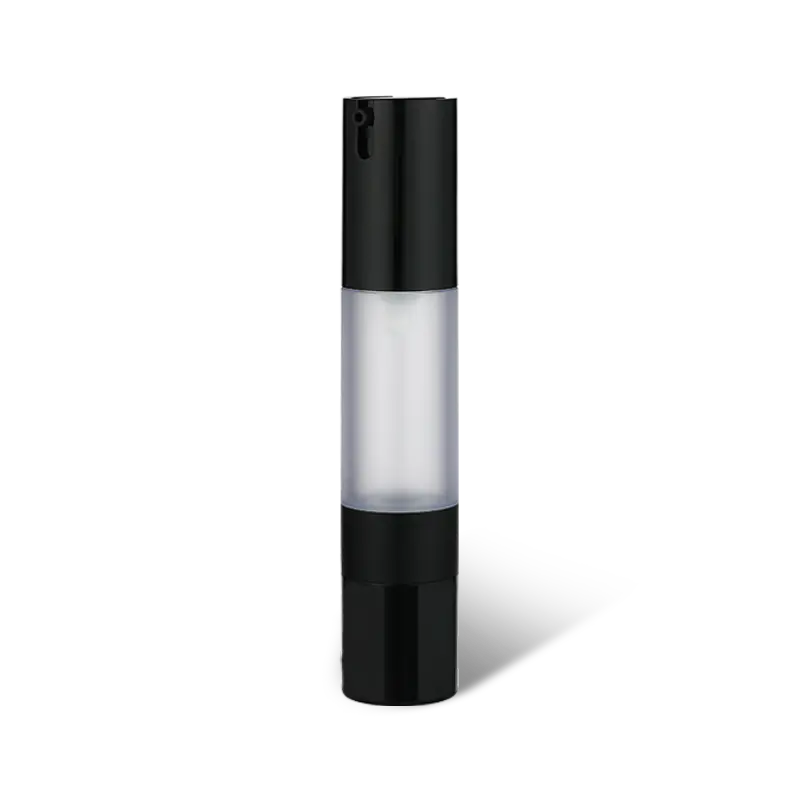What materials are usually used for cosmetic packaging bottles
Update:19 Feb
Cosmetic bottle material is a kind of packaging material industry, which is divided into overall packaging material and partial packaging material.
The overall packaging materials usually provide drawings or general requirements by cosmetic manufacturers, which are completely produced by the packaging material manufacturers, while some packaging materials are divided into more subtle, more specific situations and needs, divided into local printing, bottle cap packaging materials , Bottle packaging. Depending on the type of cosmetic packaging, some small accessories can also be specifically outsourced. The cosmetic packaging industry and cosmetics are closely linked. Today, the overall homogenization of the cosmetic industry has increased the value of packaging materials. In recent years, industry insiders have also called for low-carbon and green packaging services.
Classification of cosmetic packaging materials
(1) PET
The full name is polyethylene terephthalate, which is the No. 1 material on the international material label number. Its main characteristics are high air tightness, good compressive strength, high water resistance, and very transparent. Its transparency is as high as 95%, which is higher than that of other commonly used plastic packaging containers, but it is not heat-resistant. Commonly used in packaging materials for food, beverage bottles, and cosmetic bottles. It is precisely because of its high air tightness and no pores in the packaging container that it is the best container for packaging alcohol.
(2) HDPE
The full name is high-density polyethylene, which is commonly known as high-density PE. It is the second material on the international material label number. Its main feature is good acid and alkali resistance. The products processed with it are translucent, and the heat resistance is not very good. It is used to make packaging containers with capillary pores. It is often used in chemical packaging such as pharmaceutical bottles and cosmetic packaging materials.
(3) PVC
The full name is polyvinyl chloride. It is the third material on the international material label number. Its main characteristics are transparency and heat resistance. Before the advent of early PET, it replaced PET and was used in mineral water, juice and other beverages. It is used to manufacture water pipes for building materials and enameled outer wires of electric wires. The packaging material container made of it will have pores, so it is not suitable to use it to store wine.
(4) LDPE
The full name is low-density polyethylene, which is also known as low-density PE. It is No. 4 material on the international material label number. Because of its low molecular density, it is softer than HDPE. It is heat-resistant and has capillary pores, but it has good acid and alkali resistance. Containers made of this material are often used in chemical and cosmetic packaging materials such as: facial cleanser, salad, glue bottle, cosmetic bottle hose, etc.
(5) PP
The full name is polypropylene, which is No. 5 material on the international material label number. It is a high-density material. The products processed from it are translucent, resistant to heat, impact, acid and alkali, but have pores. It is often used in microwave-grade processing of hot-packed food, microwaveable cooking utensils, high-temperature food and general household face plates, mouthwash cups and other daily necessities such as measuring cups.
(6) PS
The full name is polystyrene, which is No. 6 material on the international label material number. The products processed with it are highly transparent and have good sealing performance, but are fragile and not heat-resistant. It is often used in the processing of sealed cans and food boxes.
(7) PC
The full name is polycarbonate, which is No. 7 material on the international label material number. The products processed with it are transparent, have high heat resistance and are not easy to break. It is often used in the processing of milk bottles, distillation barrels, heat-resistant barrels and medicine bottles. It belongs to the best of plastics, but its price is the highest among the seven products.
